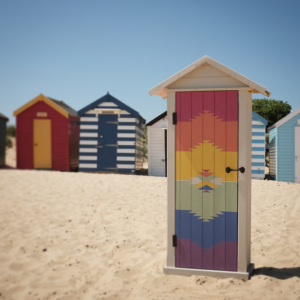
This year’s theme, Between two Worlds, provided artists with the opportunity to make works in varied, thoughtful and engaging ways.
We welcomed regular exhibitors as well as new artists to the trail at Potton Hall. Pieces respond to the specific landscape of the ten acre site, to ideas of the environment, climate crisis, different kinds of places and spaces… a cornucopia of concepts, materials, and ways of making.
In the placement of works, much thought was given to relationships: relationships between individual sculptures, and relationships between the environment and the works. Sculpture in the Valley is more than the sum of the parts. It operates as a coherent collection of art in the landscape.
This year we are very fortunate to have three curators:
Grace Adam
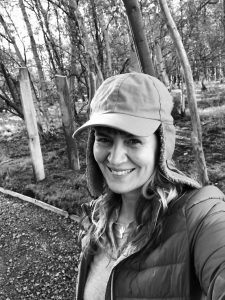 Grace Adam works across drawing, painting, sculpture and installation, and exhibits regularly. She is particularly interested in our shared spaces; how we build, negotiate and use them. We invest objects with meaning, and populate our spaces with them. How do we understand landscapes, the everyday; notions of what can be beautiful and where?
Grace Adam works across drawing, painting, sculpture and installation, and exhibits regularly. She is particularly interested in our shared spaces; how we build, negotiate and use them. We invest objects with meaning, and populate our spaces with them. How do we understand landscapes, the everyday; notions of what can be beautiful and where?
Grace Adam trained initially as a painter, and has an M.A. in Sculpture and Installation from Chelsea College of Art & Design, where she was subsequently a Fellow.
She teaches undergraduate and post-graduate courses at Chelsea. Other lecturing includes Tate, Serpentine, NPG, and The Royal Academy of Arts, and is working on a project making short films on the UK art scene for the British Council Myanmar. She is Founder & co-presenter on The Art Channel. Recent film reviews include Paula Rego at Tate and Francis Bacon at the RA.
Simon Raven
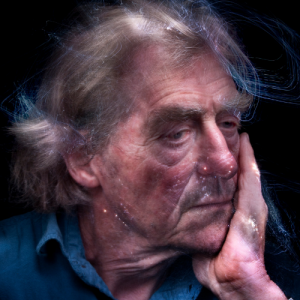 As a child I was drawn to the visual rather than the written and made dens as safe spaces for imaginative play. But I became a history teacher and it was only by chance – a moment of epiphany at an Antony Caro exhibition – that I started on an alternative life as a curator and creator using the raw materials of the un-noticed and discarded detritus of everyday life.
As a child I was drawn to the visual rather than the written and made dens as safe spaces for imaginative play. But I became a history teacher and it was only by chance – a moment of epiphany at an Antony Caro exhibition – that I started on an alternative life as a curator and creator using the raw materials of the un-noticed and discarded detritus of everyday life.
I’ve never thought of myself as a capital ‘A’ artist – even now, in my 70s, I refer to myself as a “creative bodger”. Nevertheless, I believe that I have an “artist’s eye” and since my mid 20s have created assemblages out of chance ‘finds’ and inspired ‘connections’.
What fascinates me is the way in which an object resonates with the possibility of being something else entirely, especially when removed from its original purpose and placed in a new context.
Cindy Lee Wright
 I’m an actress by training; I later left the profession to study theology. My art practice ran alongside these endeavours and became full time in the last few years. I am self-taught and my latest challenge is attempting to become a proficient welder.
I’m an actress by training; I later left the profession to study theology. My art practice ran alongside these endeavours and became full time in the last few years. I am self-taught and my latest challenge is attempting to become a proficient welder.
I supported Sculpture in The Valley because I observed – particularly after lockdown – how artwork in outdoor spaces can have a profound and positive effect on people – even in response to unloved pieces. Every piece opens up discussions, sometimes heated ones, about art. At best it inspires.
The outdoor space also allows children, our next generation of artists, to relate to artwork in a sympathetic environment.
Selected artists:
To see more of each artists’ work, click on their name to be sent to their W&BA profile page.
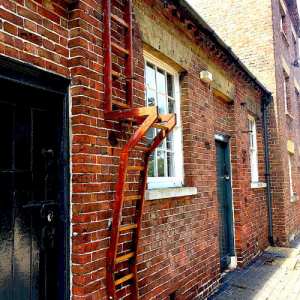 In my practice I explore the spaces and places we make, and the objects we make to populate them.
In my practice I explore the spaces and places we make, and the objects we make to populate them.
I’m interested in the ordinary, the every-day, the unnoticed. How do we use our places – personal, domestic and shared? What do we buy, inherit, keep, give?
My work encourages viewers to look again, to re-evaluate, to notice.
John Bardell
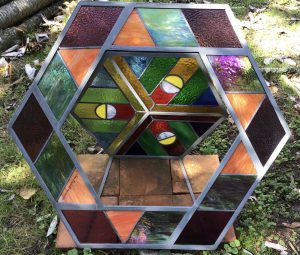
As a painter and sculptor in glass, l find images bouncing back and forth between the two.
Taking inspiration from nature and the environment enables Kay to create a very strong mood while communicating a sense of atmosphere.
Her work is finely crafted, with a detailed knowledge of the processes that she uses.
Kay continues to exhibit widely. Private and public collections, including The Creasey Collection of Contemporary Art, have purchased her wor
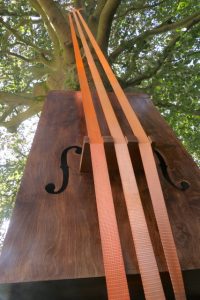 Mike Challis is a freelance sound artist, maker and educator whose work engages with the sounds of nature.
Mike Challis is a freelance sound artist, maker and educator whose work engages with the sounds of nature.
His sound installation Nightwire at Raveningham Sculpture Trail 2021 was the curator’s choice and came third in the public vote.
Over the last 7 years Mike has made a series of SoundHides, spaces to listen to habitats. For SPILL (Ipswich) 2021.
His aeolian sculptures, Beech Cello and Microtonal Chimes, were exhibited at the Waveney Sculpture Trail in 2018.
 Harry Chrystall is a multi disciplinary artist and designer with degrees in Fine Art from Goldsmiths College and Chelsea School of Art.
Harry Chrystall is a multi disciplinary artist and designer with degrees in Fine Art from Goldsmiths College and Chelsea School of Art.
His work encompasses both figurative and abstract themes which he explores with a variety of materials in two and three dimensions.
His current work focuses on the relationship between artwork and spectator and how the universal and abstract principles that pervade our daily experience are mirrored in this uncertain relationship.
Nicci works with metal wire to create three dimensional sculptures that attract attention and intrigue.
 Working from the Norfolk/Suffolk border, Nicci creates unique pieces reflecting the natural world, such as birds and squirrels or potted plants and flowers in bloom. Recently she has been exploring upholstery in wire with her range of garden furniture.
Working from the Norfolk/Suffolk border, Nicci creates unique pieces reflecting the natural world, such as birds and squirrels or potted plants and flowers in bloom. Recently she has been exploring upholstery in wire with her range of garden furniture.
 Beth graduated from Norwich School of Art and Design with a BA Hons in Fine Art Sculpture in 2003, her practice engages with a wide variety of materials and processes.
Beth graduated from Norwich School of Art and Design with a BA Hons in Fine Art Sculpture in 2003, her practice engages with a wide variety of materials and processes.
Ideas are usually instigated through a playful manipulation of everyday objects and forms, found or discarded.
The resulting work is often curious, ambiguous, and invites rather than answers questions.
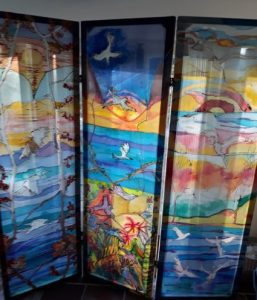
I am a visual artist, writer and musician.
I have worked in special needs teaching, advocacy, community arts and counselling for most of my life, and I am interested in social justice, equality, nature and humanitarian concerns. I have exhibited work, read poetry, and gigged in many locations.
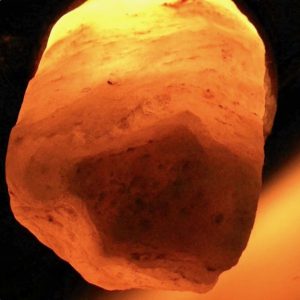 I am an artist, researcher and creative enabler. Trained in dance, my practice is informed by the phenomenology of the lived body.
I am an artist, researcher and creative enabler. Trained in dance, my practice is informed by the phenomenology of the lived body.
Choreography, costume, film, theatrical sets/settings, installations, and photographs are the process-artefacts. Throughout making, the body is the measure.
I work both solo and collaboratively. The image is from my film Five Panels no.5, a commission/collaboration by/with composer Monty Adkins.
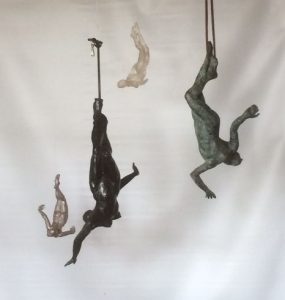 I have spent my life messing about with inflatables.
I have spent my life messing about with inflatables.
This led me to making inflatable stage props for stadium concerts with top bands.
Part of the process for making an inflatable is to sculpt a polystyrene model of the finished balloon and work out the patterns from that model
On retirement from inflatable world I developed my interest in modelmaking and joined classes and sessions of life sculpture in clay.
Spadge Hopkins creates on a full time basis.
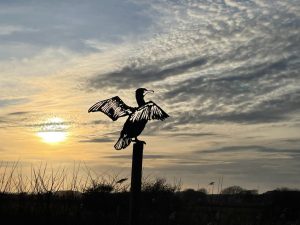 Influences include Duchamp, David Smith and Calder.
Influences include Duchamp, David Smith and Calder.
Having worked with found metal objects and rock music themes; he is currently exploring silhouette and shadow and producing 3D visualisations of animals and birds in copper and steel.
He also uses the steel cuts in the production of printing plates.
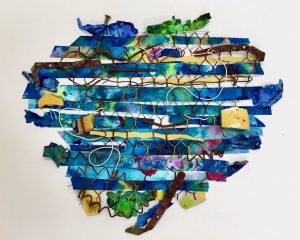 My practice is involved with found objects. I have a large collection of discarded items which I transform into sculptures and assemblages.
My practice is involved with found objects. I have a large collection of discarded items which I transform into sculptures and assemblages.
I take that which is discarded, creating a new piece, something intriguing, though not necessarily, beautiful. I often add colour.
I carry some ideas over to printmaking, etching and relief, and painting.
 I have two major concerns, the wild world and the spiritual, both threatened, both misunderstood. I try to bring these worlds into focus. I like to make big pieces with multiple elements to tell a story, to express the abundance and complexity of the natural world; to try and visualise and understand the spiritual world.
I have two major concerns, the wild world and the spiritual, both threatened, both misunderstood. I try to bring these worlds into focus. I like to make big pieces with multiple elements to tell a story, to express the abundance and complexity of the natural world; to try and visualise and understand the spiritual world.
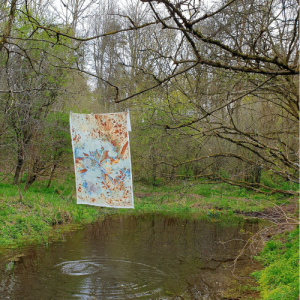 Paeony is studying for an MA in Fine Art, using conceptual art and cameraless alternative photography to create a different way of seeing and interpreting our relationship with the natural environment.
Paeony is studying for an MA in Fine Art, using conceptual art and cameraless alternative photography to create a different way of seeing and interpreting our relationship with the natural environment.
Currently she is exploring our sensory responses to ancient, intangible ‘thin places’. At these liminal spaces the veil is believed to be thinnest between the earthly and the otherworldly.
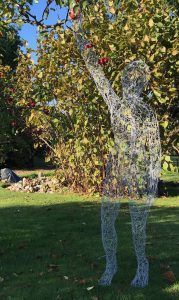 Largely self taught my work is mostly figurative, using various materials (ceramic, steel, wire) to explore human form and emotion, and human presence in the environment.
Largely self taught my work is mostly figurative, using various materials (ceramic, steel, wire) to explore human form and emotion, and human presence in the environment.
More recent work with wire questions the tangibility of existence and asks whether we are more or less than the space we occupy.
Zoe Rubens
Having gained a first class honours degree in Sculpture at Manchester Zoë Rubens is an experienced artist combining the figurative and conceptual.
She uses her distinctive talents and skills working with ferrous and nonferrous metals, both cast and welded and etched, to produce intriguing Sculpture and prints.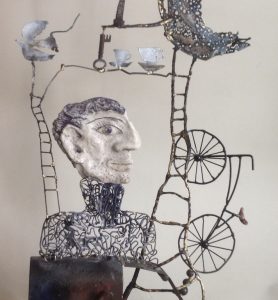
Including her unique ceramics she is able to produce visual excitement with many subtle depths of expression and meaning.
Currently working from her studio in East Anglia Zoë challenges many pre-conceptions, experimenting with different techniques and applications and by using her own signature attention to detail within the overall concept makes her work fascinating to revisit
Gordon Senior
Sculptor Gordon Senior recently returned to his studio in Norfolk having spent many years in the States where he was chair and professor of sculpture at CSU Stanislaus in the Central Valley of California.
 Much of his work has been influenced by living and working in two countries. It evolved from installations of multiple units to a series of smaller unified sculptures. Though he is still preoccupied with journeys, increasingly plants, seeds and star charts have come into play.
Much of his work has been influenced by living and working in two countries. It evolved from installations of multiple units to a series of smaller unified sculptures. Though he is still preoccupied with journeys, increasingly plants, seeds and star charts have come into play.
The major themes running through his sculptures and drawings are linked to nature and man’s relationship to it.

Fern is a glass mosaic artist based in Earsham, Norfolk along the River Waveney. She is proficient in many mediums including clay, paint, textiles as well as mosaics.
Fern has had previous training in Textiles and the Arts and has been selling her work worldwide for many years. She is able to apply her technique to many different formats, either murals, garden sculpture, house signs or bespoke pieces.
Justin was trained as an architect in London and his chief aim is to delight.
He creates odd little buildings and garden furniture under the name of Suffolk Sentry.

Cat Vitebsky is preoccupied with transformation and with the anthropomorphic: the place where flora and fauna intersect within landscape, both in folklore and as it relates to the human condition.
Having travelled as a child with migrating reindeer herders in Siberia, her creative consciousness is flooded with these narratives.
The materiality of her practice mirrors these transient, shape-shifting themes.

